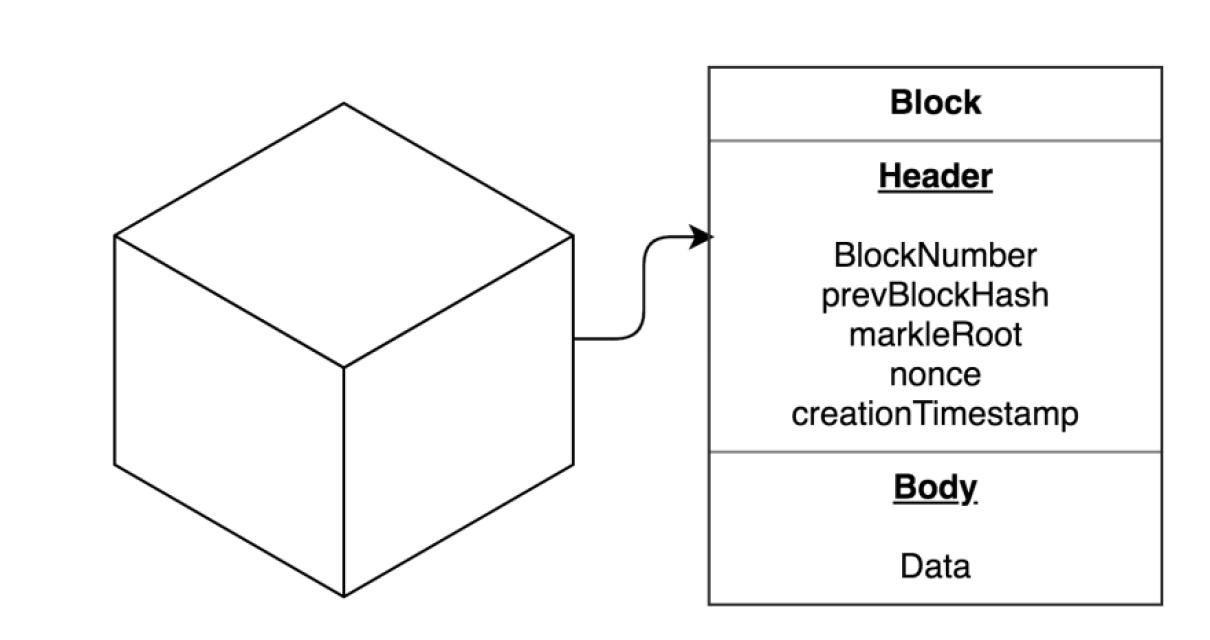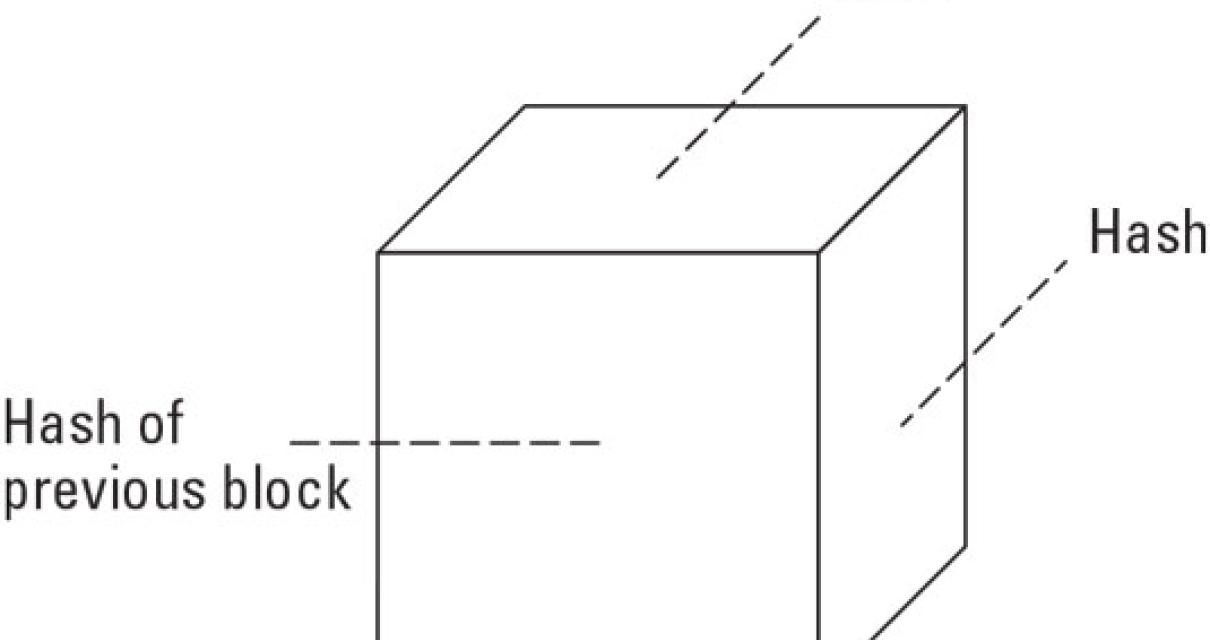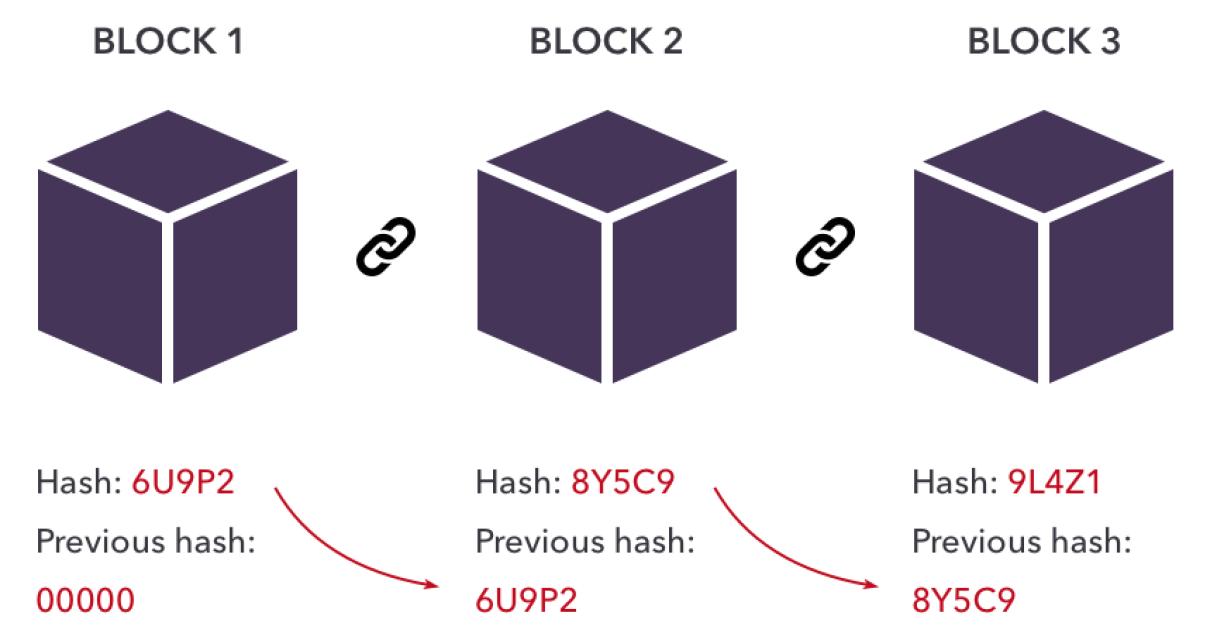What is a block on the blockchain?
A block on the blockchain is a collection of data that is cryptographically linked and secured using cryptography. Each block contains a cryptographic hash of the previous block, a timestamp, and transaction data. Bitcoin nodes use the block chain to distinguish legitimate Bitcoin transactions from attempts to re-spend coins that have already been spent elsewhere.
How do blocks work on the blockchain?
Blocks work on the blockchain by storing a list of all the transactions that have taken place on the blockchain so far. This list is constantly growing as new transactions are made. Whenever a new block is created, it is added to the end of the chain, and all the other blocks on the chain are updated to include the new information.

What is the purpose of a block on the blockchain?
A block is a unit of data that is stored on the blockchain. Blocks are created by miners and contain a hash of the previous block, a timestamp, and transaction data. Each block is linked to the previous block through a cryptographic hash. Bitcoin nodes use the block chain to distinguish legitimate Bitcoin transactions from attempts to re-spend coins that have already been spent elsewhere.
How are blocks created on the blockchain?
Blocks are created on the blockchain when a miner finds a solution to a cryptographic puzzle. The miner is rewarded with a block reward and transaction fees.

What information is stored in a block on the blockchain?
A block on the blockchain is a data structure that stores a list of recent transactions and their associated data. It also stores a cryptographic hash of the previous block, a timestamp, and a transaction fee.
How are blocks chained together on the blockchain?
Blocks are chained together when a new block is added to the blockchain. The blocks are chained together using cryptographic hash functions.
What happens when a block is added to the blockchain?
When a block is added to the blockchain, it is broadcast to all nodes. Each node then updates its copy of the blockchain with the new block.

What are the benefits of using a blockchain?
A blockchain is a distributed database that allows for secure, transparent and tamper-proof transactions. The benefits of using a blockchain include:
- Reduced processing time: A blockchain eliminates the need for a third party to validate transactions.
- Increased security: A blockchain is secure because it is decentralized and encrypted.
- Transparency: A blockchain is transparent because all transactions are recorded in a public database.
- Reduced costs: A blockchain eliminates the need for a third party to administer and manage a database.